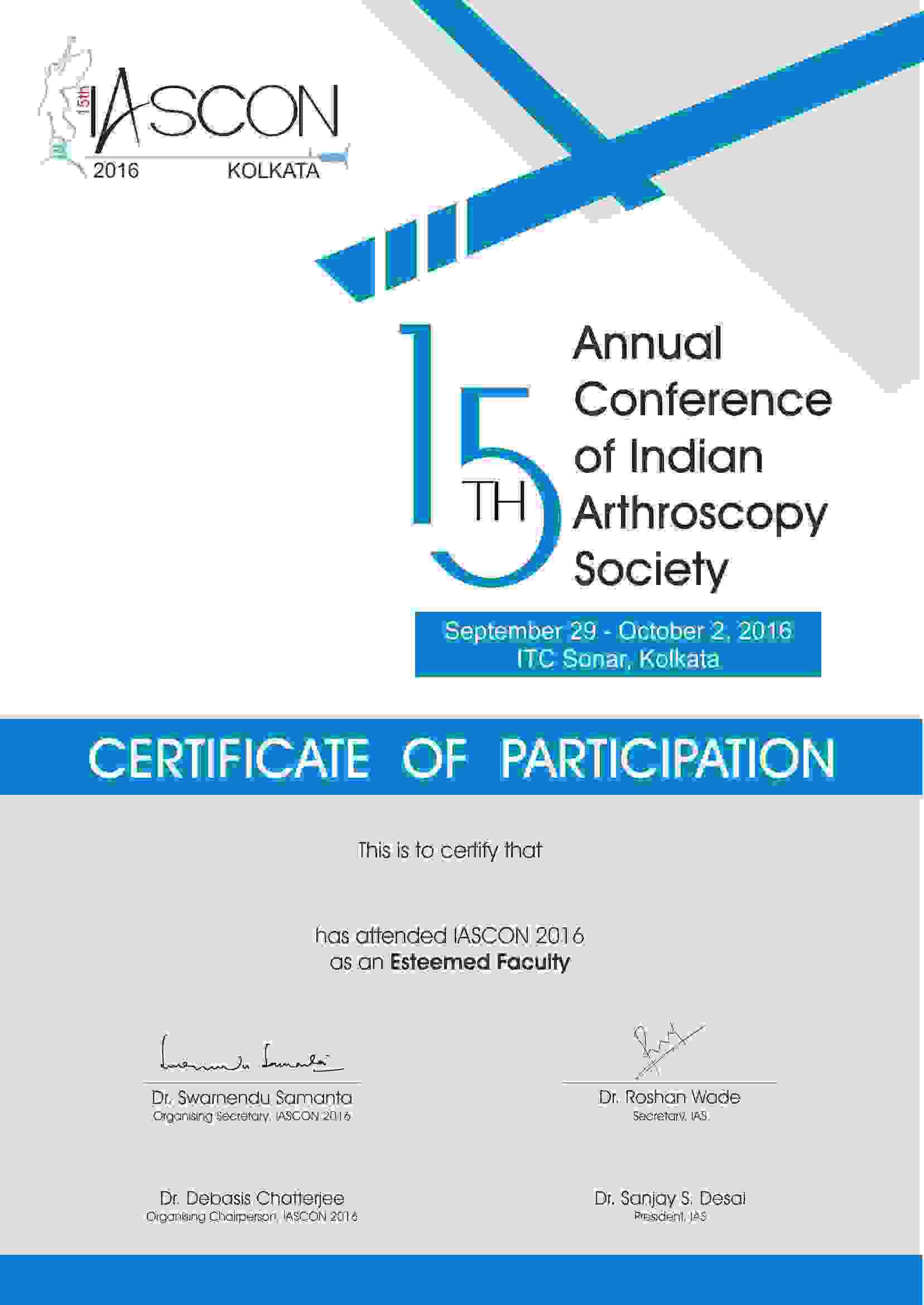Do you require surgery for a torn ACL?
ACL injury causes instability of the knee. The knee suddenly gives way during activities like running, descending stairs, sudden change of direction etc. There are certain clinical signs of instability elicited by your doctor, which reproduce the sensation of instability you feel in day to day life. If these tests are positive, then you need to undergo an ACL reconstruction.
Is an mri essential?
No, ACL tear is a clinical diagnosis. An experienced clinician will be able to diagnose it accurately in 99% instances without an MRI. MRI is required to see additional damage to the knee in the form of cartilage & meniscal damage.
What is done in the surgery?
After the anesthesia (usually spinal anesthesia), a diagnostic arthroscopy is performed to confirm the ACL tear & to address any associated meniscal & cartilage tears. A graft is taken from the knee. I prefer to take the hamstring graft. The other popular graft choice is the bone patella graft. Both the grafts have comparable clinical results, but generally hamstring grafts cause less pain, enable faster recovery & can be harvested through a tiny incision.Tunnels are drilled in the tibia (leg bone) & femur (thigh bone), at the exact places where the ACL is normally inserted & the graft is passed through the tunnels & fixed with implants. . A lot of variety in implants is available & what is to be used is best decided on a case to case basis.
- ICE PACKSTo reduce pain & swelling, ice is recommended for the first 1-2 weeks after the surgery
- CRUTCHES & BRACE Are required for 1-2 weeks following the surgery
- INTENSIVE PHYSIOTHERAPY is required for 3 months & even longer for athletes.










